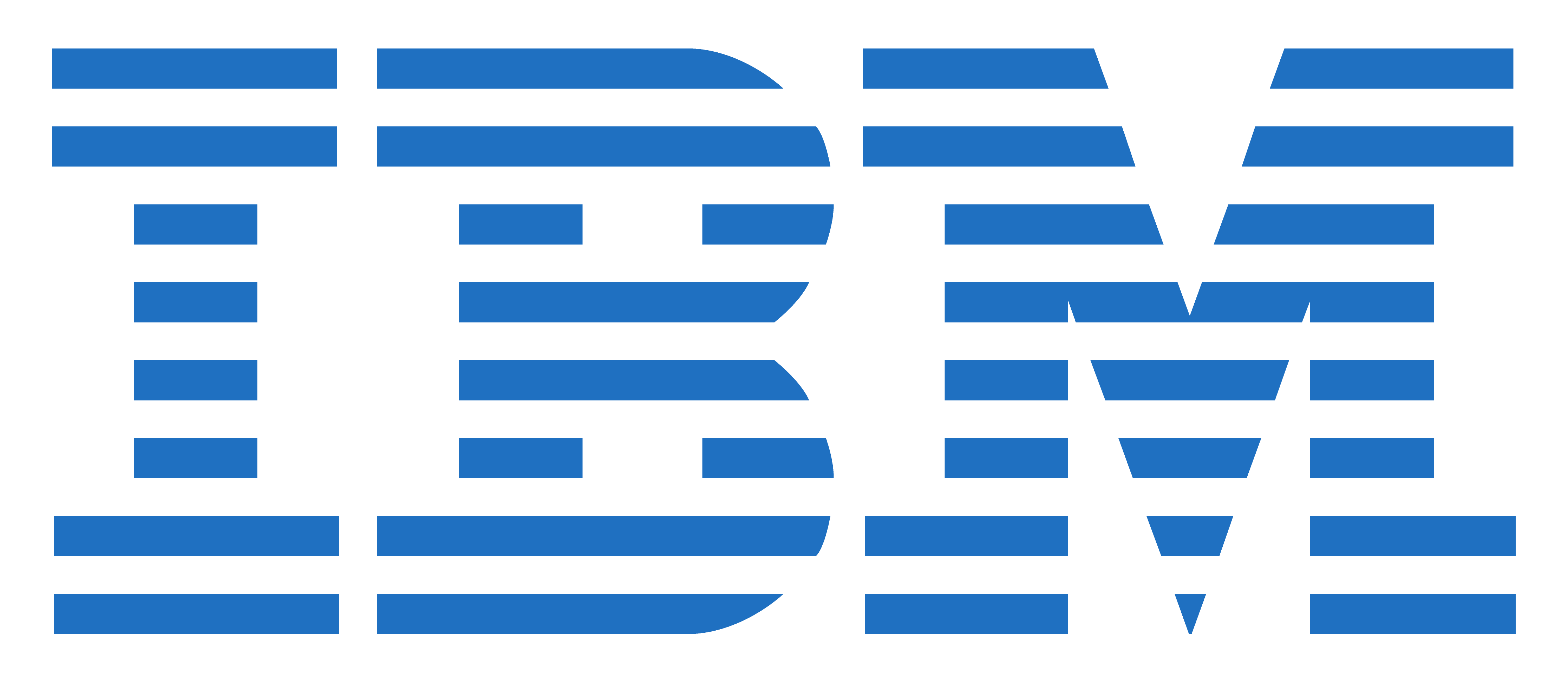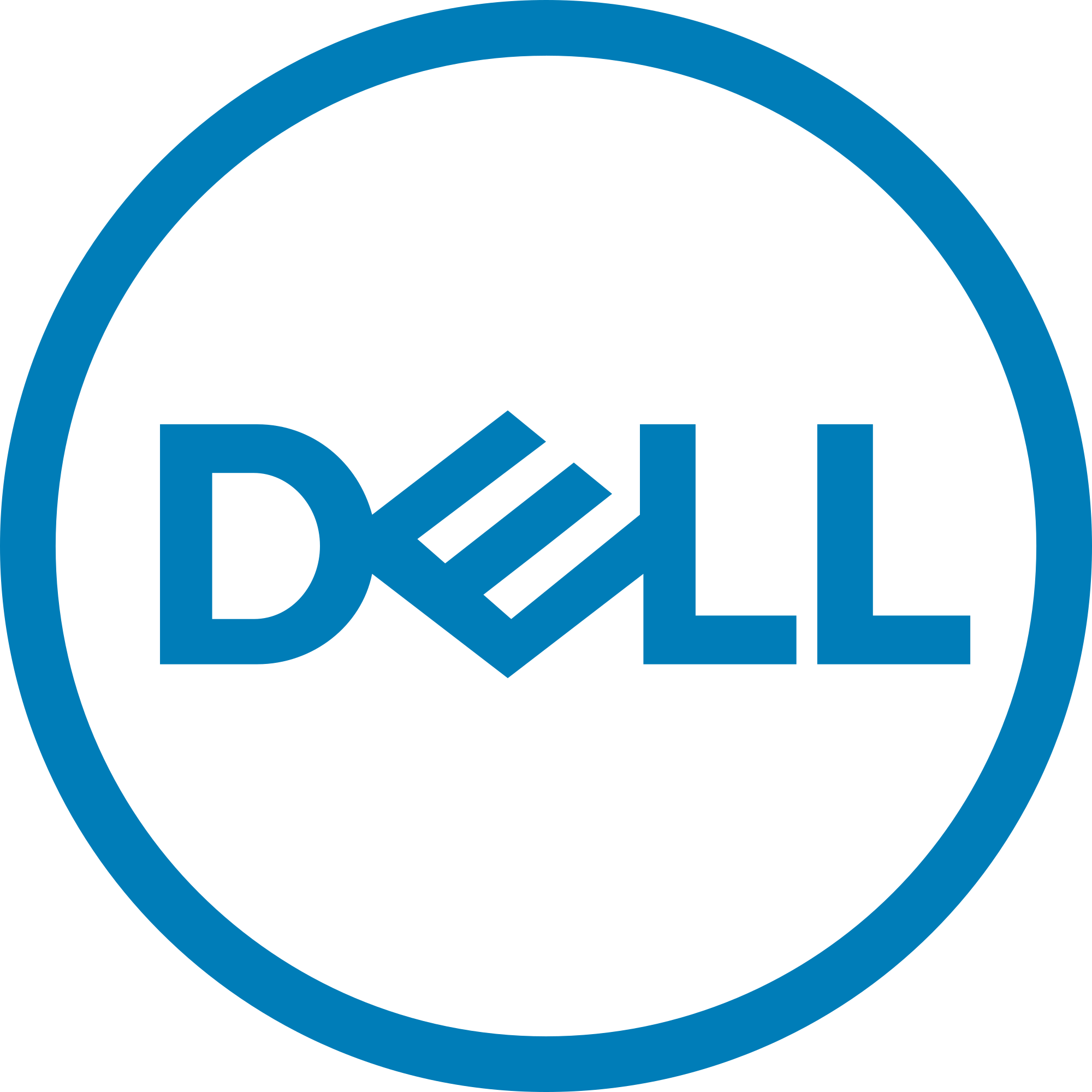
Customer Data Platforms: How They Work, What They Solve & Why Everyone Needs To Use One
Today’s customers have been trained by Amazon, Netflix, Spotify and many others to expect personalized experiences. In one recent study, two-thirds of respondents said they were more likely to shop at a retailer who knew their purchase history and 75% said they were comfortable with sharing personal data.
Another survey found that 61% believe their favorite brands understand and cater to their needs while 38% were likely to stop buying from a brand that failed to provide timely offers on sales and promotions. Yet 22% in the same survey also said they’d break up with a brand if it provided too many offers. In short, consumers demand personalization but have little tolerance for firms that do it poorly. The stakes couldn’t be much higher.
Marketing technology vendors offer many personalization tools to help. But those tools need data to pick the right experiences for each customer. And they need not just any data, but accurate, organized and accessible data that includes information from all sources, presents an integrated picture of each customer, adds intelligence to help guide decisions and is easily available to the systems that deliver the front-line experiences. It’s easy to overlook the need for this data while exploring the latest new gadget for automated video creation or augmented reality advertising. But quality data is the fuel those other systems run on. Without it, they’ll sputter to a halt or spew wildly inappropriate experiences that annoy customers even more than no personalization at all.
Unfortunately, assembling quality data is hard. Traditional methods have consistently failed to meet marketers’ needs: it’s painfully common to hear stories of data warehouse projects that dragged on for years before finally being canceled without delivering anything useful. Systems that run “in the cloud” don’t magically solve problems, since all that cloud-based data still needs to be brought back to earth to be unified, refined and exposed. Building direct connections between individual systems can sometimes close a few critical gaps on a short term basis, but becomes increasingly unwieldy as marketers continue to add new systems that must be included.
A new solution has recently appeared: the Customer Data Platform (CDP). As purpose-built products designed from the start to assemble and distribute customer data, CDPs promise to be faster, easier, cheaper and more flexible than previous solutions. But CDPs are not widely understood and such promises rightly arouse much skepticism. This paper aims to dispel the skepticism by explaining what CDPs are, why they overcome previously unsolvable problems and how you take advantage of them.












